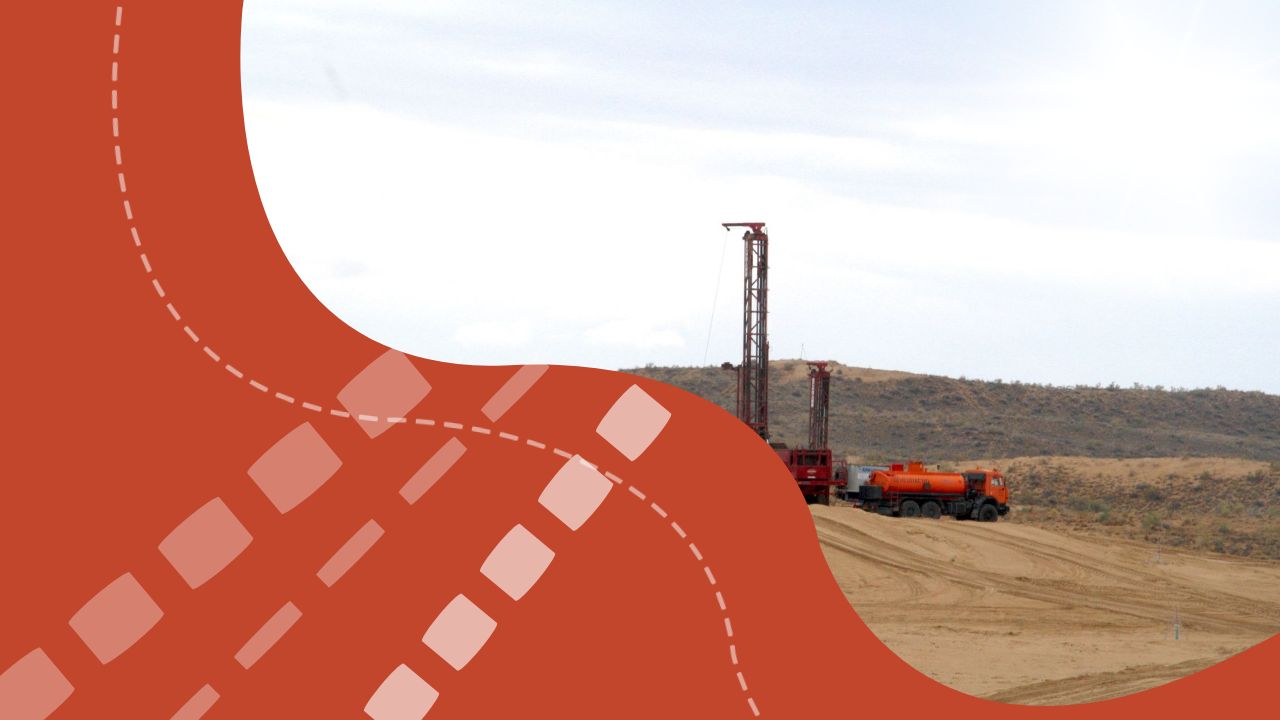Kazakhstan’s untapped mineral resources are becoming increasingly important due to the global demand for critical raw materials. On 19 January 2024, president Tokaev participated in the investment meeting in Rome and urged investors to consider Kazakhstan as the most favourable investment jurisdiction in Central Asia.
According to the estimates, presented on the President’s administration website with over 5,000 unexplored deposits valued at over $46 trillion, Kazakhstan is poised to become a central investment hub in Central Asia. Currently, the country produces 19 out of 34 critical raw materials. Deposits for 9 more like cobalt, tungsten, lithium, and others can be exploited with the necessary investment.
To put these figures into perspective, as of 2020 the United States’ natural resources were estimated at $45 trillion, with a significant portion being timber and coal. Saudi Arabia has $34.4 trillion worth of natural resources — notably oil. The value of its mineral resources has been upgraded to $2.5 trillion in January 2024. Canada’s natural resources has an estimated $33.2 trillion worth of natural resources. Metals in Canada include copper, lead, nickel, and zinc, and precious metals like gold, platinum, and silver. Australia has an estimated $19.9 trillion in natural resources including coal, timber, copper, iron ore, gold, and uranium.
Read more about 10 Countries with the Most Natural Resources
By 2029, Kazakhstan plans to increase mineral resource production by 40%
On 5 February 2024, the Government published the National Development Plan of the Republic of Kazakhstan until 2029.
Kazakhstan aims to increase mineral production by 40% by 2029 according to its new National Development Plan. However, the mining industry faces challenges like resource depletion, decreasing competitiveness due to high energy intensity, rising labour costs, and complex logistics.
Despite having mineral deposits, there is a shortage of fields ready for development. Production of copper, chromium, and iron is expected to decline, while the potential for nickel, cobalt, lithium, and other rare metals remains untapped.
To address these issues, Kazakhstan’s government plans to:
- Conduct geological and geophysical exploration over 400,000 square kilometres (comparable to the size of Paraguay, Iraq, or Uzbekistan) and replace 20–50% of reserves for critical metals.
- Encourage geological exploration through co-financing, VAT exemption, and 25% depreciation of expenses.
- Establish infrastructure for the storage and processing of geomaterials by constructing a storage facility and core storage facilities.
- Reconsider the tax rate for investors developing man-made mineral formations.
These challenges and opportunities will be discussed at the upcoming MINEX Kazakhstan Forum in Astana, with the participation of national and international companies.
For more information and registration details, participants are encouraged to visit the official website: https://2024.minexkazakhstan.com/

